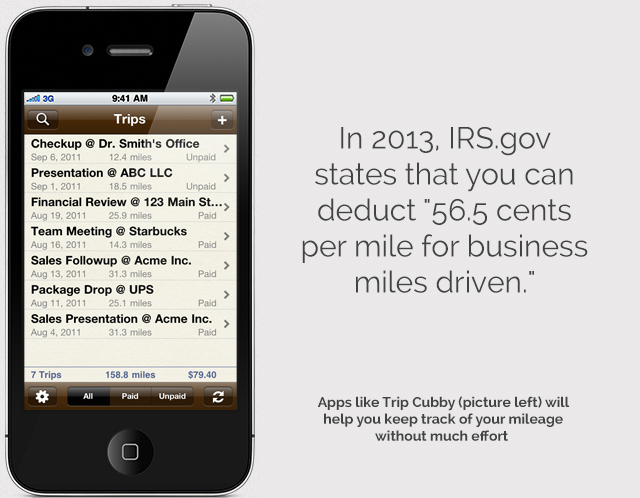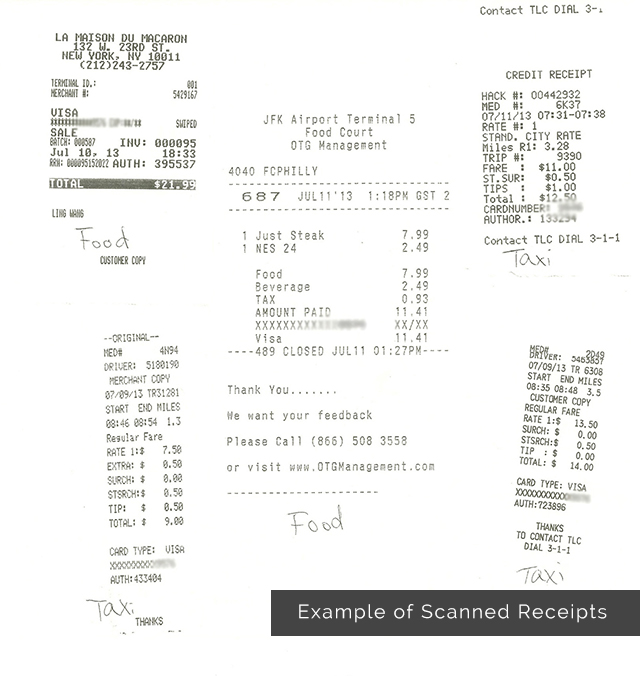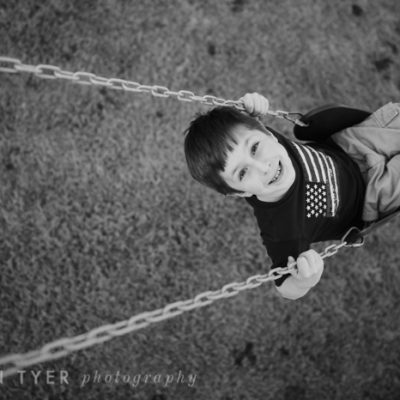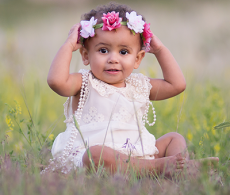by guest contributor Ling Wang

Many of us, prior to having our own photography business, worked for someone else. At the “other” job, someone else took care of the books, we handed in receipts and got reimbursements, taxes were taken out of our paychecks. At the end of the year, we filed our W-2’s, and we were more or less done. No major meltdowns during tax season. Easy.
Maybe I can’t speak for everyone, but that was how my life operated until I started my own photography business.
It’s not the same anymore. Having a photography business is way more than photographing clients and editing photos. After months of drowning in paperwork, and swimming in the sea of first year business mistakes, I sought help and finally got some answers.
Here are some solutions that I discovered that may also work for you:
1) If you’re legally in business, strongly consider hiring an accountant/CPA to do your taxes.
Every year tax laws change, and it’s nearly impossible to keep up with them unless it’s your profession to know all the details. During my first year of business, I thought sales tax was filed yearly instead of quarterly. Big mistake. Thankfully, I had been collecting sales tax and saving it, so I paid it off without problems once I discovered my mistake. If the CPA I hired eight months after I started my business hadn’t told me so, I would have been in deep trouble. Each state varies in sales tax laws, but you need to figure out what that is. You don’t want to owe the government money. Currently, my CPA notifies me exactly when I need to file, how much, I hand over my books to her, and it gets done.
2) Keep track of your mileage. You might be saving thousands.
Did you know that the gas money you spend driving to and from photoshoots is actually tax deductible? In 2013, IRS.gov states that you can deduct “56.5 cents per mile for business miles driven.” Let’s pretend that you drive 5000 miles this year for your photography business ($5000 x .565 = $2825). That means you can deduct $2825 from your mileage alone, if you keep track of every one of those miles. That’s money that you can spend on vacation, your kid’s education, or new gear. If you are app savvy, I recommend Trip Cubby (http://appcubby.com/trip-cubby/). If not, manually write down your starting and ending miles, or use google maps.
If you drive to any business related activity, your mileages can be deducted: location scouting, photoshoot, pre-session consultations, ordering sessions, going to and from the bank, driving to the store for office supplies, etc.

3) Organize your client folders on your computer, and stick to your system religiously.
Let me show you my system, which I started to implement towards the tail end of last year. It has saved me so many headaches, and now I no longer scramble to find my files.

Notice how I highlight the month that I’m in, so I don’t have to read to get to my sessions. Efficiency is key.
I highly recommend organizing your system by month because of the next step, which is organizing your receipts and expenses.
4) Scan the loose receipts and have a binder for your expenses.
Loose receipts are the bane of my existence. They pop up in the most random of places, my cat likes to chew on them, and they’re as hard as heck to file because they keep falling out of the files.
So now I tape them to a piece of paper, scan them, and if I happen to lose the original, at least I have backup. I file them with the month, and if it is session related, I also create a duplicate for the receipt folder of the client.
My physical expense binder is organized by the month, and has expense receipts from paypal, labs, and various purchases. Diligent photographers also make copies of receipts for each client folder, and log how much was spent for each specific session. I want to do the least amount of bookkeeping possible, so I just track by month. If I ever need to double check, I have the files on my computer to tell me which client I photographed which month. Every month, the expenses also get inputted into a spreadsheet.

Why keep track of expenses you ask? They’re tax deductable too, and who doesn’t like that?
5) Save 25-30% of everything you make.
It’s very important that you don’t spend every cent you make because you might regret it when tax season comes around. Even with all the deductibles, you won’t know how much you owe the government until your CPA does all the calculations. Always reserve 25-30% of your earnings, so that in case the government asks it, you can write a check instead of having a financial crisis.
If you keep up with your expenses, you shouldn’t have to pay such hefty tax percentages from your gross. If you save up well and don’t have to pay out all of it by the end of the year, it just means that you get a huge bonus for yourself after taxes are done. That’s money that you’ve saved for something good, like the new camera you’ve always wanted, or the workshop that you’ve always wanted to go to.
![]()
 About the Artist: Ling Wang is a portrait photographer from Houston, TX with a penchant for travel, music, and the creative arts. Before photography, she was a musician and recording engineer. She discovered her love for photography while photographing bands and artists in college. Currently, she is also mentoring a few photographers on how to launch their business legitimately.
About the Artist: Ling Wang is a portrait photographer from Houston, TX with a penchant for travel, music, and the creative arts. Before photography, she was a musician and recording engineer. She discovered her love for photography while photographing bands and artists in college. Currently, she is also mentoring a few photographers on how to launch their business legitimately.
Visit Ling at her WEBSITE | FACEBOOK | TWITTER | PINTEREST pages today!









Ling, I have been following since I saw you on ClickIt and I’m a big fan! These are some great insights. Thank you for the post and keep clicking. Love your work!
I love this!! Where were you going to? coming from on your JFK flight at 01.27?
I photograph my receipts.
I am just about to start filing paperwork for my photography business and am supposed to be in touch with a CPA. Thank you for this insightful advice =) Found you through a random link on Pinterest!